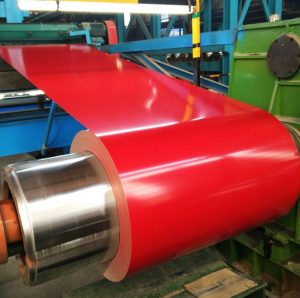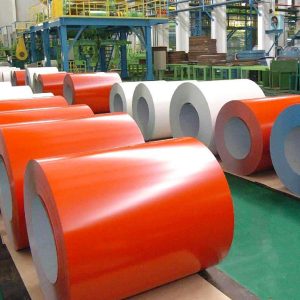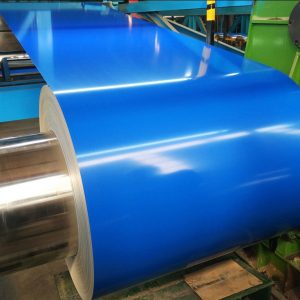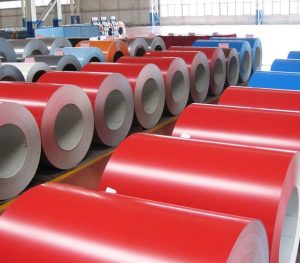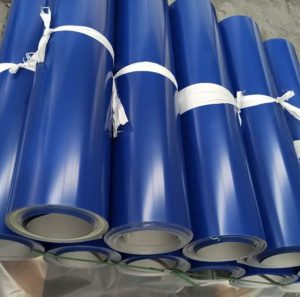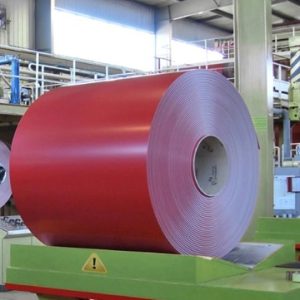What is a 1/16 Aluminum Filler Rod?
A 1/16 aluminum filler rod is a specialized type of welding rod designed for use in aluminum welding. With a diameter of just 1/16 inch, this thin, versatile rod is widely used in tasks that require fine precision and strength. Whether you are working on a small repair or a detailed fabrication project, the 1/16 aluminum filler rod plays a vital role in delivering strong, clean welds.
In this article, we’ll explore the various uses, benefits, and essential tips for working with 1/16 aluminum filler rods. From understanding its features to comparing it with other filler rods, this guide will equip you with the knowledge needed to make an informed purchase and improve your welding results.
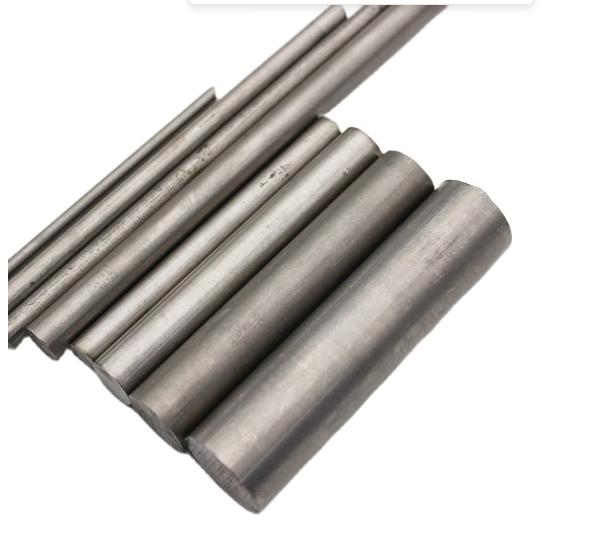
Why Choose a 1/16 Aluminum Filler Rod?
Aluminum welding can be tricky, especially when it comes to the material’s low melting point and heat conductivity. A 1/16 aluminum filler rod is often the best choice for precise and clean welds, particularly in situations that demand detailed work or thinner materials. Here’s why you should consider using this specific size:
1. Precision in Smaller Projects
The 1/16 diameter makes the rod ideal for small-scale welding projects. Whether you’re repairing thin aluminum sheets or working on intricate metal art, the 1/16 aluminum filler rod offers greater control over the weld puddle, reducing the risk of overheating or warping the base material.
2. Superior for Thin Metal Sheets
When welding thinner sheets of aluminum (typically 1/8 inch or thinner), a 1/16 aluminum filler rod is highly effective. It provides the right amount of material without causing the base metal to become too hot, which could lead to distortion.
3. Stronger, More Durable Welds
Welding with a 1/16 aluminum filler rod produces clean, strong welds, which are essential for projects that require durability. The rod’s composition typically includes aluminum alloys like 4043 or 5356, ensuring solid bonds that withstand various stresses.
4. Cost-Effective for Specific Applications
Since 1/16-inch filler rods are smaller, they tend to be less expensive than thicker rods. This cost-efficiency makes them ideal for hobbyists, small businesses, and professionals who don’t need large quantities of filler material for their projects.
How to Choose the Right 1/16 Aluminum Filler Rod for Your Project
Choosing the right filler rod is critical to ensuring a strong, lasting weld. Here’s how you can select the best 1/16 aluminum filler rod for your needs:
1. Determine the Type of Aluminum Being Welded
The alloy composition of the aluminum being welded determines the type of filler rod you should use. For instance:
-
4043 aluminum filler rod is excellent for general-purpose welding and provides a good color match with most aluminum alloys.
-
5356 aluminum filler rod is stronger and offers higher corrosion resistance, making it suitable for marine and automotive applications.
2. Consider the Welding Process
Different welding processes (TIG, MIG, etc.) may require different filler rod characteristics. For TIG welding, 1/16 aluminum filler rods are commonly used due to their precision and versatility. For MIG welding, you might prefer a different diameter to suit the application.
3. Check the Coating
Some aluminum filler rods come with coatings that help control the welding process, reduce oxidation, or improve wire feedability. A coated rod can offer smoother, cleaner welds, especially when working in environments with a lot of impurities.
4. Know Your Welding Equipment
Ensure that your welding equipment is compatible with a 1/16 aluminum filler rod. This size is typically used with specialized TIG welders, but can also be used with some MIG welding machines that support smaller wire diameters.
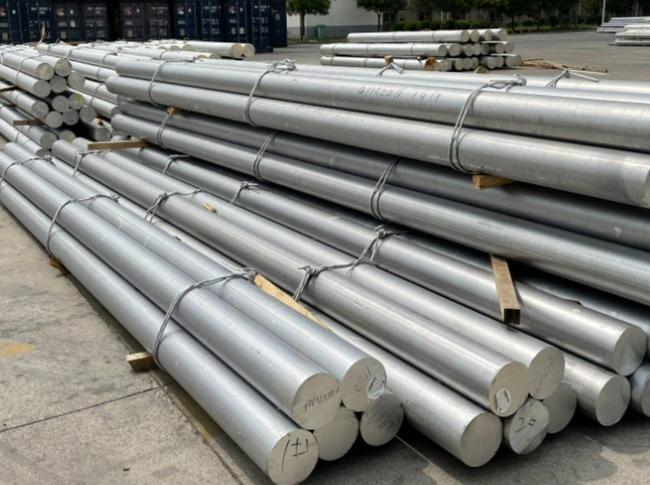
1/16 Aluminum Filler Rod vs. Other Sizes: Which is Best for Your Application?
When choosing a filler rod, it’s essential to compare the 1/16 aluminum filler rod with other sizes like 3/32 and 1/8-inch rods. Here’s a comparison chart to help guide your decision:
| Feature | 1/16 Aluminum Filler Rod | 3/32 Aluminum Filler Rod | 1/8 Aluminum Filler Rod |
|---|---|---|---|
| Best for Thin Metals | Yes | Suitable for medium thickness | Suitable for thicker metals |
| Precision | High | Moderate | Low to moderate |
| Ease of Use | Easy to control for fine work | Easier for general welding tasks | Best for larger, thicker work |
| Strength | Moderate strength | High strength | Very high strength |
| Cost | Low | Moderate | Higher |
From this chart, you can see that 1/16-inch rods are perfect for thin aluminum sheets or small projects where precision is paramount. For thicker materials or larger projects, you may want to consider 3/32 or 1/8-inch rods, which offer greater strength but are harder to control.
Common Mistakes to Avoid When Using a 1/16 Aluminum Filler Rod
⚠ Mistake 1: Using the Wrong Alloy Type
Always match your filler rod alloy to the base material. Using an inappropriate rod alloy, such as 4043 on a high-strength aluminum like 7050, can lead to poor weld quality.
⚠ Mistake 2: Improper Heat Settings
Because the 1/16 aluminum filler rod is small, it’s easy to overheat the material. Always adjust your heat settings properly to avoid warping or burning the base metal.
⚠ Mistake 3: Ignoring Cleanliness
Aluminum is highly susceptible to contamination, especially when welding. Make sure both the filler rod and the base material are clean and free from oil, grease, or oxidation.
⚠ Mistake 4: Not Using the Correct Welding Technique
For TIG welding with a 1/16 aluminum filler rod, maintain a steady hand and consistent speed. Inconsistent motion can lead to weak or uneven welds.
Step-by-Step Guide: How to Weld with a 1/16 Aluminum Filler Rod
Welding with a 1/16 aluminum filler rod requires skill and the right equipment. Here’s a step-by-step guide on how to use this filler rod effectively:
Step 1: Prepare Your Welding Area
Ensure your work area is clean and free from dust, grease, and moisture. Clean both the base metal and filler rod with a wire brush or grinder before welding.
Step 2: Set Up Your Welding Equipment
Choose the right machine for your project. For TIG welding, set the amperage to a lower setting, typically between 60-100 amps, depending on the thickness of the material.
Step 3: Clamp the Material in Place
Secure the aluminum pieces you are welding using clamps or a welding fixture. This will help prevent movement during the welding process, which can cause weak or uneven welds.
Step 4: Start the Welding Process
Begin by striking an arc on the base metal. Use a steady, slow hand motion to feed the 1/16 aluminum filler rod into the molten pool while maintaining the arc length.
Step 5: Monitor the Weld and Finish
Ensure that the filler rod is fully fused with the base metal. Let the weld cool naturally before touching or moving it.
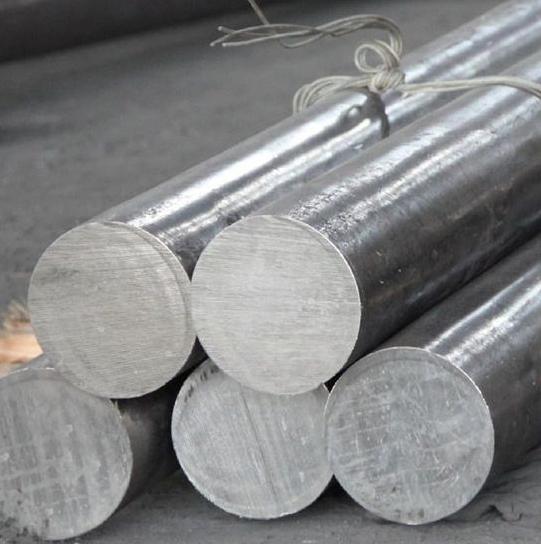
Conclusion: Why the 1/16 Aluminum Filler Rod is Essential for Precise Welding
The 1/16 aluminum filler rod is indispensable for projects that require precision, clean results, and the ability to work with thin aluminum sheets. Whether you’re working on automotive, marine, or small fabrication projects, this size provides the right balance of control and strength. By choosing the right filler rod, adjusting your welding settings, and following proper techniques, you can achieve high-quality, durable welds.
Practical Checklist for Welding with a 1/16 Aluminum Filler Rod
-
Select the right alloy for your project.
-
Clean the base metal and filler rod before welding.
-
Adjust your machine’s heat settings for optimal control.
-
Maintain a steady hand for consistent welds.
-
Ensure the workpiece is securely clamped during welding.
By following these guidelines, you can avoid common pitfalls and ensure high-quality, long-lasting aluminum welds every time.


